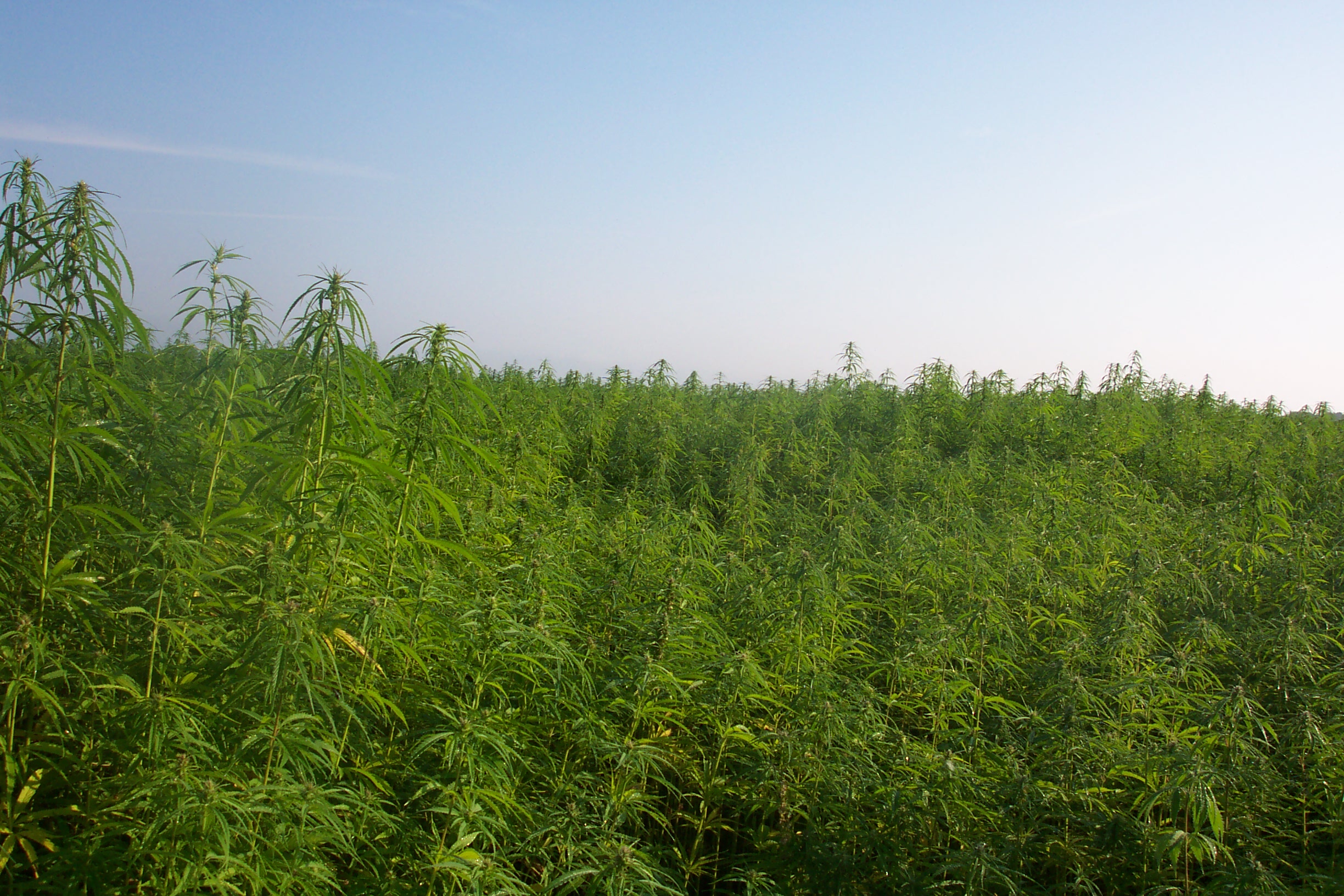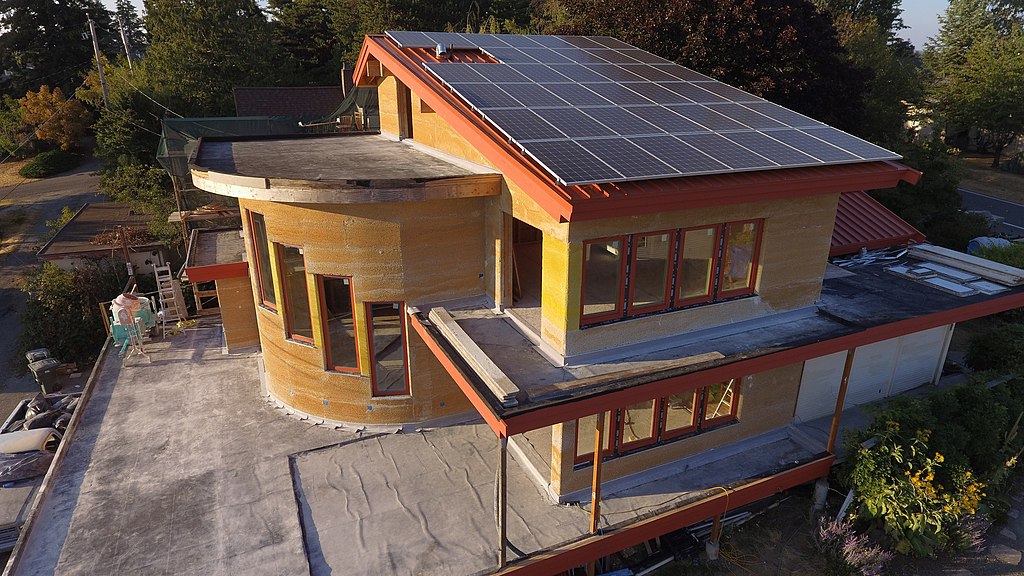
Hemp is a plant that has been used for thousands of years for various purposes. In the 17th century, the cultivation of hemp as a raw material reached a peak: all the sails and ropes of ships were made of hemp fibers, and had to be replaced about every 2 years. [1] There are several reasons for the decline in the use of commercial hemp. In addition to new technologies such as cotton, paper made from wood, and later the invention of synthetic rope, restrictive drug policies starting in the U.S. also made it difficult to grow commercial hemp. More recently, however, the use of hemp as a raw material has increased again in many industries. For good reasons – hemp is extremely versatile and can be grown sustainably. Unlike cotton, hemp also grows very well in the European climate.
Useful hemp as a building material
Hemp is an ideal building material for the construction of houses and other buildings. It is durable, lightweight and has excellent insulating properties. Hemp is often mixed with lime or clay to make hemp-clay bricks, which are used as building materials. Hemp can also be used as an insulating material in walls, ceilings and floors.
Hemp as paper raw material
Hemp is also an excellent raw material for paper production. Unlike conventional paper raw material made from wood, hemp does not contain lignins, which can lead to a high acid content and thus affect the durability of the paper. Hemp paper is stronger and more durable than conventional paper.
Utility hemp as clothing material
Hemp can also be made into clothing. It is a soft and breathable material that feels comfortable against the skin. Hemp clothing is durable and resistant to wear and tear. It’s also a sustainable choice, as hemp requires less water and fertilizer than other fibers.
Hemp as food
Hemp can also be used as food. Hemp seeds are an excellent source of protein, fiber and essential fatty acids. They can be used as an ingredient in smoothies, salads and other dishes. Hemp seed oil is a valuable ingredient, especially for cold cooking.
Industrial hemp is a versatile and sustainably available raw material that is used in many industries. Use as a building material, paper raw material, clothing material and food is just a selection of the many possibilities hemp offers.







